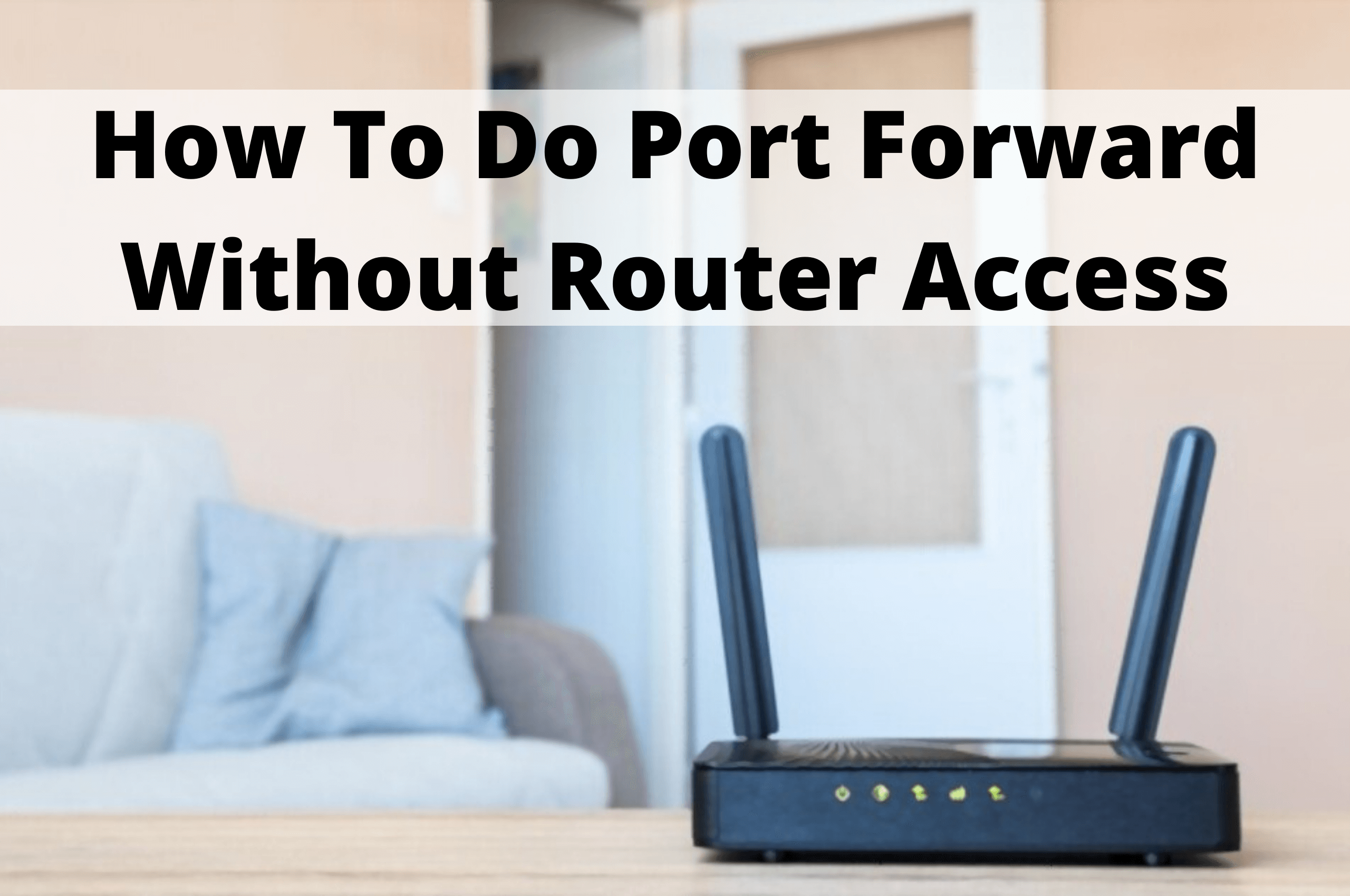
Port triggers work dynamically, on-they-fly. Click “Add” to add the port forwarding rule. They should never rely on dynamic IP addresses. Remember, devices that depend on port forwarding should always have a static IP address. After all, that’s the whole idea of port forwarding. Enter the Internal Private IP AddressĮnter the IP address of the computer that will receive requests to the associated port(s). Therefore, a Web server running on the default port 80 will receive requests that outside users send to (the public IP address or domain name, followed by the port number). In the screenshot above, the rule labeled “Backup Server” redirects external requests for port 8080 by forwarding them to a backup server that uses the standard Web port 80. Internal ports redirect inbound requests to a different port. They can be entered three ways: (1) by entering a single port (80), a list of them separated by commas (80, 85, 90), or a range of ports, separated by a dash (80-90). Enter a port number, or port range under ‘Ext Ports’.Įnter the external ports to be forwarded. Source addresses can also be entered using a range of IP addresses, instead of one per line. Unless a connection attempt is coming from the specified source address, the connection will be refused. Rarely, will you select UDP as a stand-alone protocol. In most cases, you’ll select either TCP or Both. UDP is best used for one-way transmissions such as streaming media. UDP (User Diagram Protocol) is less complex and does not depend on an active connection. TCP is best used for sending and receiving data in two directions. TCP (Transmission Control Protocol) is connection oriented and optimized for bidirectional transmission. The long version? TCP and UDP are the two types of Internet protocols. The short version? TCP likes to go both ways. Select the protocol: TCP or UDP What’s the difference between TCP and UDP? Tick the checkbox on the left to turn ‘ON’ the port forwarding rule.
How to portforward on a belkin router how to#
How To Open Ports in Your Routerįirst, Login into your router’s administration panel and go to Port Forwarding > Basic. And when you combine port forwarding with Dynamic DNS, you’ve got a powerful tool that provides remote access your home network from anywhere in the world. But I still don’t understand so, what’s all of the fuss about port forwarding?” Well, without port forwarding, you will be unable to reach computers on your network from the outside world (WAN). Tomato firmware offers a few different types of port forwarding configurations:īasic port forwarding is the most commonly used method for residential LAN’s so we’ll focus on this one first. The guys over at have compiled a nice list of port numbers associated with various software, games, and other applications. With port forwarding, you know precisely which computer you need access to, and which room that computer is located in.ĭifferent applications use different ports. Port forwarding is like having a key and a map. And so, you can’t find the room with the computer that you are trying to get to. You have a key but you don’t know which apartment the key belongs to. Then imagine that there is a computer behind one of the doors and you need access to it. Think of your router as an apartment building with thousands of apartment units. NAT Reflection - in some configurations, NAT reflection is possible so services can be accessed by public IP from internal networks.Port forwarding opens a portal in the router’s firewall, allowing for inbound traffic to reach your LAN.

Why did you pick port 123? That is used for NTP - why not just run on standard 80? Does your ISP prohibit running servers?īut trying to access the public IP from the inside does not work on many many off the shelf routers. If your sure you have the forwards are right, and not working from outside - you could look to a double nat being the problem, or its quite possible your ISP is blocking. So your sure you only have 1 nat device between you and the internet? I see it all the time users think they have a "modem" but its really doing NAT already, and then they plug in another nat router - and then wonder why forwards don't work when they set them up on the 2nd router. but unless your behind a double nat, and your sure you have the forward setup correctly. Many off the shelf routers do not support this - you can verify with the maker or the documentation.


 0 kommentar(er)
0 kommentar(er)
